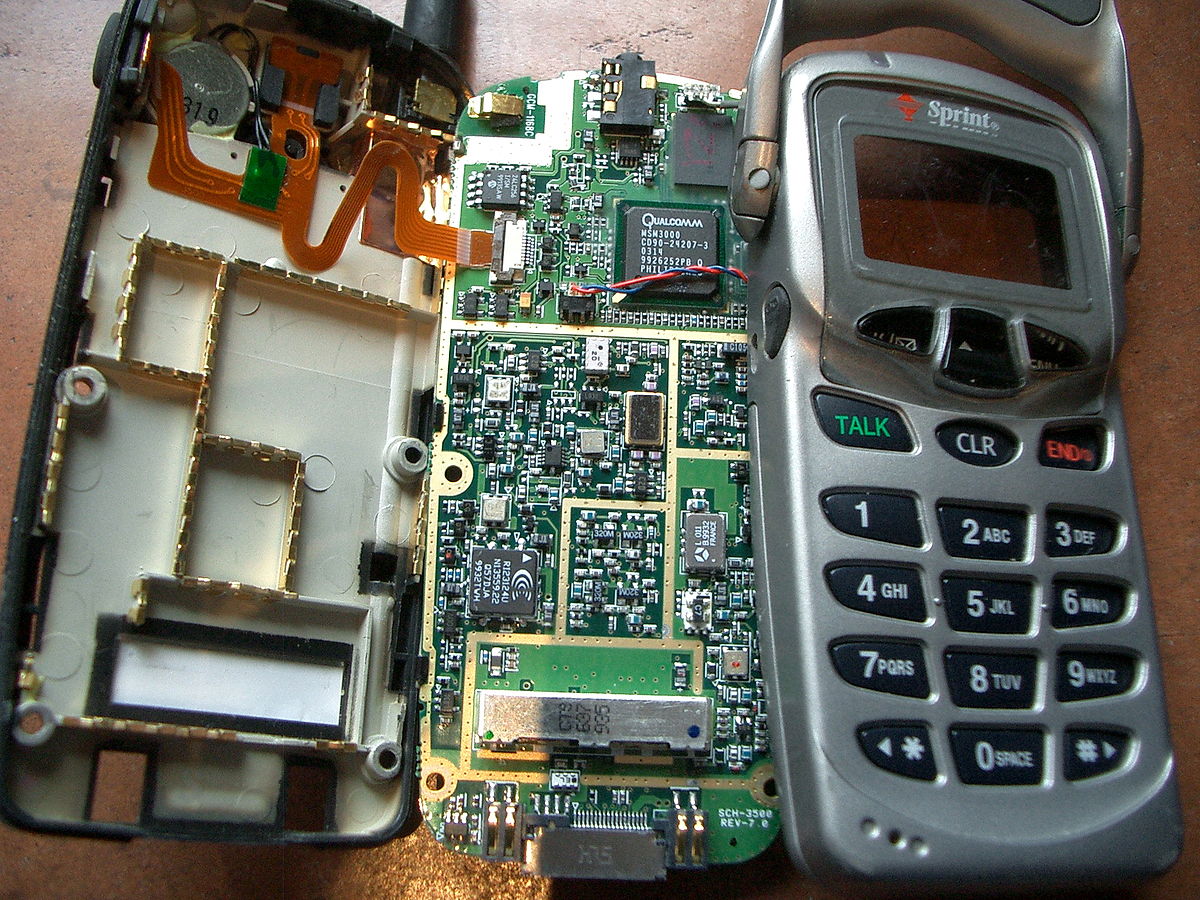
The 2G (second generation) and 3G (third-generation) unfolded through two major pathways in mobile communications. GSM occupies around 80-85% of the market share and IS-95 around 10 to 15% of the market share. The first path used GSM and UMTS technologies, while the other path adopted IS-95 and CDMA2000. In the European countries, come across GSM (Global System for Mobile) and UMTS (Universal Mobile Telecommunication System) is more prevalent whereas in other parts of the world especially the USA, CDMA networks (Code Division Multiple Access) have played an important role in the evolution of mobile networks.
 The most abundant second-generation system installed on a global scale is the GSM or the Global System for Mobile Communications. The GSM system describes 125 frequency allocations and eight timeslots per channel, giving a total of 1000 Channels. These may be message-carrying traffic channels or control channels. The frequency allocations (ARFCN, or absolute radio frequency channel number), are each 200 kHz in bandwidth. The forward ARFCNs are between 935 and 960 MHz; the reverse ARFCNs are between 890 and 915 MHz so that a given mobile unit receives at a frequency exactly 45 MHz greater than the one that it transmits.
The most abundant second-generation system installed on a global scale is the GSM or the Global System for Mobile Communications. The GSM system describes 125 frequency allocations and eight timeslots per channel, giving a total of 1000 Channels. These may be message-carrying traffic channels or control channels. The frequency allocations (ARFCN, or absolute radio frequency channel number), are each 200 kHz in bandwidth. The forward ARFCNs are between 935 and 960 MHz; the reverse ARFCNs are between 890 and 915 MHz so that a given mobile unit receives at a frequency exactly 45 MHz greater than the one that it transmits.

The IS-95 standard is based on the description of a Code Division Multiple Access (CDMA) system wherein the audio band data signal is multiplied by a high rate spreading signal. This spreading signal emerges from a pseudo-noise code sequence, which is then multiplied by a Walsh code for maximum orthogonality to that is to have low cross-correlation with the other codes in use in that cell. The IS-95 system shall be understood as possessing multiple layers of protection to keep interferences out. It enables the co-existence of multiple users, with very little mutual interference. The forward channel carries information from the base station to the mobile unit; the reverse channel carries information from the mobile unit to the base station.

The interesting thing about this comparison it’s they have their own set of mutually exclusive strengths and weaknesses and the determination of choosing one of them should be based on the needs of the user. For instance, some of the advantages of GSM are that it deteriorates less inside buildings, it enables the use of repeaters, talk-time is generally higher and it virtually covers all parts of the world, so accessibility in roaming is not a problem. On the other hand, it interferes with some electronics like audio amplifiers and the intellectual property rights of its industry elements are concentrated with a select few participants thus restricting its entry and limiting de-monopolisation and thus limiting competition.

Some particular advantages of the IS-95 include its very high capacity, its ability to accommodate more users per MHz of bandwidth, it has no built-in time limit to the number of concurrent users, uses up less power and is enabled to produce a reasonable call with lower signal in cell phone reception levels. Some of the disadvantages are that they are mostly patented and must be licenced that to from one company called Qualcomm. IS-95 only covers a much smaller part of the world are generally unable to access it internationally while roaming and features are usually late on the table as the manufacturers are often sceptical to release these devices due to its limited market.







